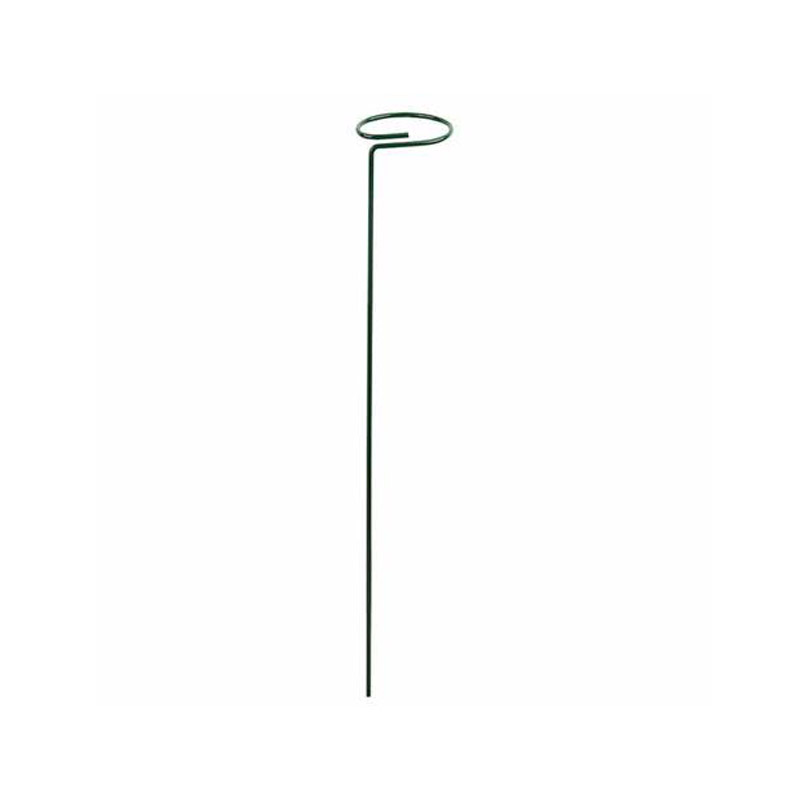
- Mobile Phone
- +8613931874955
- sales@cntcmetal.com
High-Quality Masonry Block Ties for Durable Construction
Understanding Masonry Block Ties Enhancing Structural Integrity
Masonry block ties, often referred to simply as ties, play a crucial role in reinforcing and stabilizing masonry structures. As the construction industry continually evolves, the significance of these components remains consistent, ensuring the durability and longevity of buildings constructed with masonry materials. This article delves into the various aspects of masonry block ties, including their functions, types, and best practices for implementation.
Masonry block ties are typically made of metal, though they can also be fabricated from various non-metallic materials. Their primary purpose is to connect different structural elements, such as masonry walls, to the framework of the building. This connection is essential for women the lateral forces that can act on a structure, such as wind loads, seismic activity, and self-weight, thereby preventing structural failure. By facilitating a secure bond between the walls and the building's frame, ties contribute to a cohesive structural system that enhances overall stability.
There are several types of masonry block ties, each designed for specific applications. The most common varieties include wall ties, joint reinforcement, and composite ties. Wall ties are used to connect an outer masonry veneer to the structural frame, often found in cavity walls. They allow for independent movement between the two components while providing essential support. Joint reinforcement, on the other hand, is typically embedded within the mortar joint and adds tensile strength to the masonry wall. Composite ties, which may incorporate a mix of materials, are increasingly popular for their versatility and resistance to corrosion, making them suitable for a range of environments.
masonry block ties

When installing masonry block ties, adherence to building codes and standards is paramount. Building codes dictate the spacing and type of ties used based on the specific structural requirements of a project. Proper installation is critical; ties should be positioned at recommended intervals and depths to ensure they can effectively dissipate forces throughout the structure. Neglecting these guidelines can lead to serious structural issues, including cracking, bowing walls, and ultimately, catastrophic failure.
Aside from ensuring structural integrity, masonry block ties also contribute to energy efficiency. By maintaining the alignment and stability of walls, ties help minimize air leakage and improve insulation. This not only enhances the performance of the building envelope but can also lead to significant energy savings over time.
Additionally, it's essential to consider the environment in which masonry ties will be used. Factors such as exposure to moisture, temperature fluctuations, and the potential for corrosion must be accounted for when selecting materials. For instance, galvanizing metal ties or using non-corrosive materials can help extend their lifespan in harsher conditions.
In summary, masonry block ties are integral components that bolster the structural integrity and longevity of masonry constructions. Understanding their various types, functions, and installation practices is vital for architects, engineers, and builders alike. By prioritizing the correct implementation of these ties, the construction industry can ensure not only the safety and reliability of buildings but also their ongoing efficiency and performance in the years to come.
share:
-
Your Source for Concrete Wall Ties and Masonry AccessoriesNewsJul.10,2025
-
Unlocking the Power of Iron Wire for Every ProjectNewsJul.10,2025
-
Explore Advanced Chain Wire and Stainless Steel Mesh FencingNewsJul.10,2025
-
Discover the Benefits of Annealed Wire ProductsNewsJul.10,2025
-
Discover China Stainless Steel Wire Mesh SolutionsNewsJul.10,2025
-
Build with Confidence Using High-Performance Masonry AccessoriesNewsJul.10,2025
-
Why Sacrificial Formwork Is Redefining Underground ConstructionNewsJun.06,2025



















